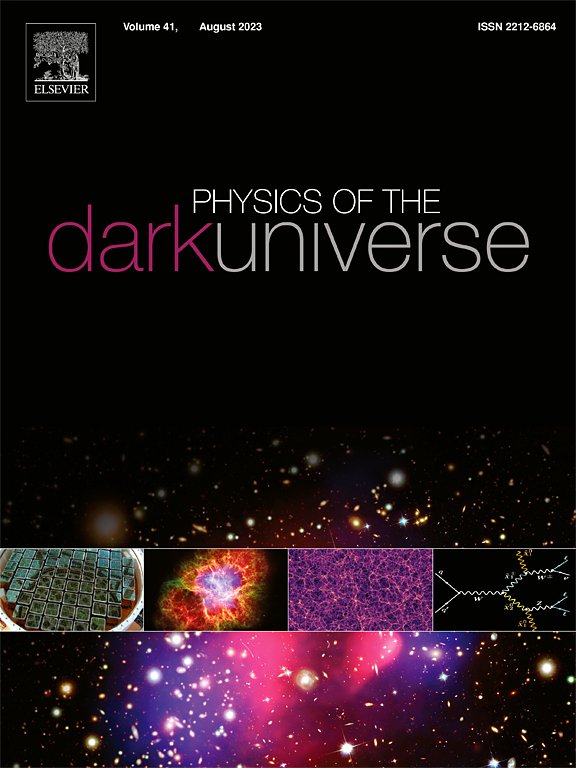Self-consistent and stable stellar structures in massive gravity
IF 5
2区 物理与天体物理
Q1 ASTRONOMY & ASTROPHYSICS
引用次数: 0
Abstract
In this investigation, we introduce a novel generic class of stellar configurations within the framework of de Rham–Gabadadze–Tolley massive gravity (dRGT), which aligns well with empirical observational data. The geometric structure analyzed is characterized by static and spherically symmetric properties and incorporates an anisotropic matter distribution. The governing Einstein field equations are adeptly resolved by employing the Durgapal–Lake (DL) metric potentials. The unknown constants are integral to these potentials, with their respective values determined through a comparative analysis with the Schwarzschild line-element, serving as an external geometry at the stellar surface corresponding to the interior space–time. Our comprehensive evaluation of this proposed model affirms its viability as a physically consistent compact object within the dRGT paradigm. This analysis encompasses a diverse array of compact star candidates, representing a broader category of compact stellar structures. The findings reveal that the model exhibits stable characteristics devoid of singularities while effectively encapsulating a wide spectrum of observed compact objects in astrophysical scenarios. This rigorous assessment ensures adherence to essential physical criteria, thereby enhancing its relevance in elucidating the dynamics of compact stars.
大质量引力下自洽稳定的恒星结构
本文章由计算机程序翻译,如有差异,请以英文原文为准。
求助全文
约1分钟内获得全文
求助全文
来源期刊

Physics of the Dark Universe
ASTRONOMY & ASTROPHYSICS-
CiteScore
9.60
自引率
7.30%
发文量
118
审稿时长
61 days
期刊介绍:
Physics of the Dark Universe is an innovative online-only journal that offers rapid publication of peer-reviewed, original research articles considered of high scientific impact.
The journal is focused on the understanding of Dark Matter, Dark Energy, Early Universe, gravitational waves and neutrinos, covering all theoretical, experimental and phenomenological aspects.
 求助内容:
求助内容: 应助结果提醒方式:
应助结果提醒方式:


